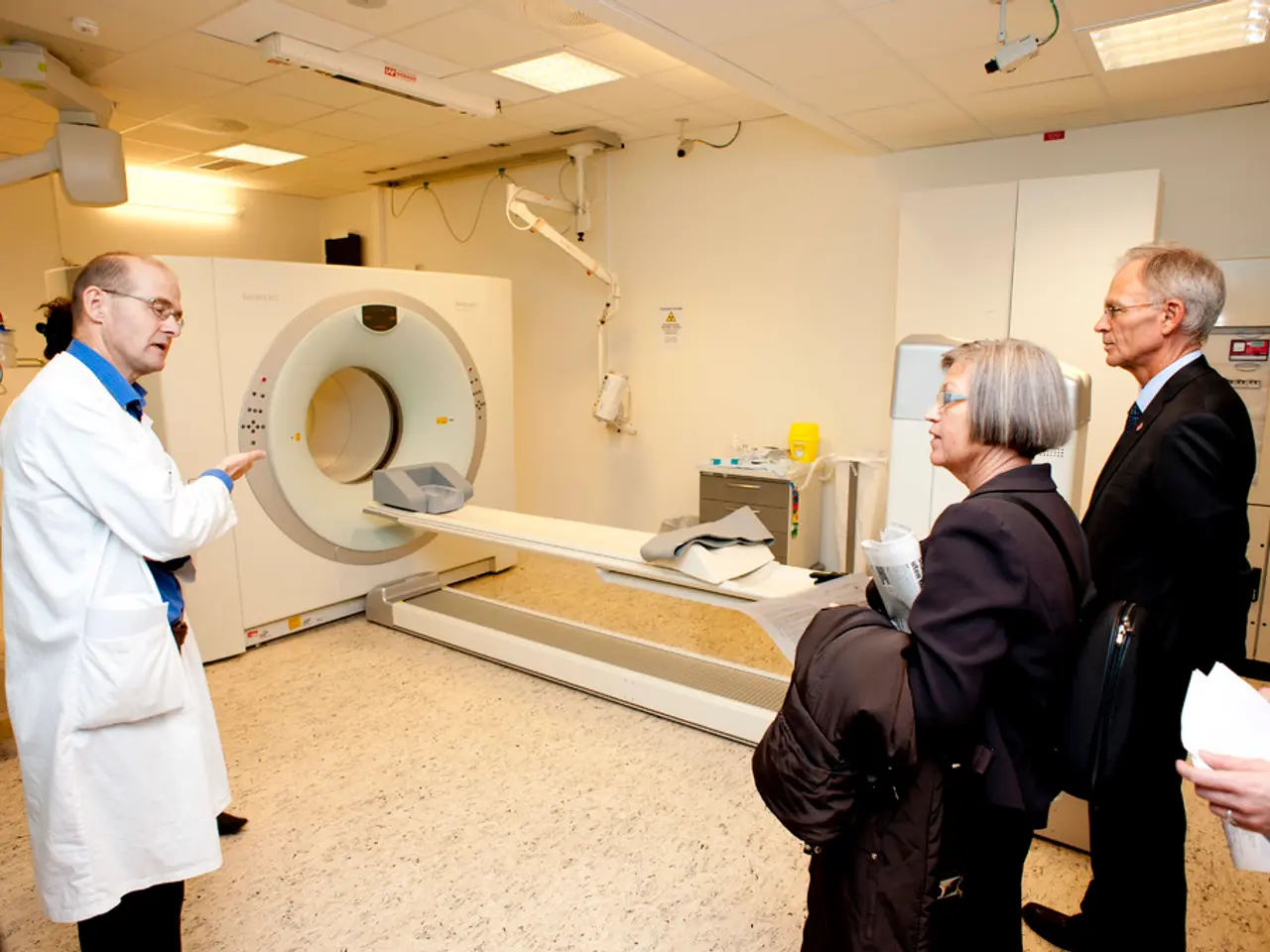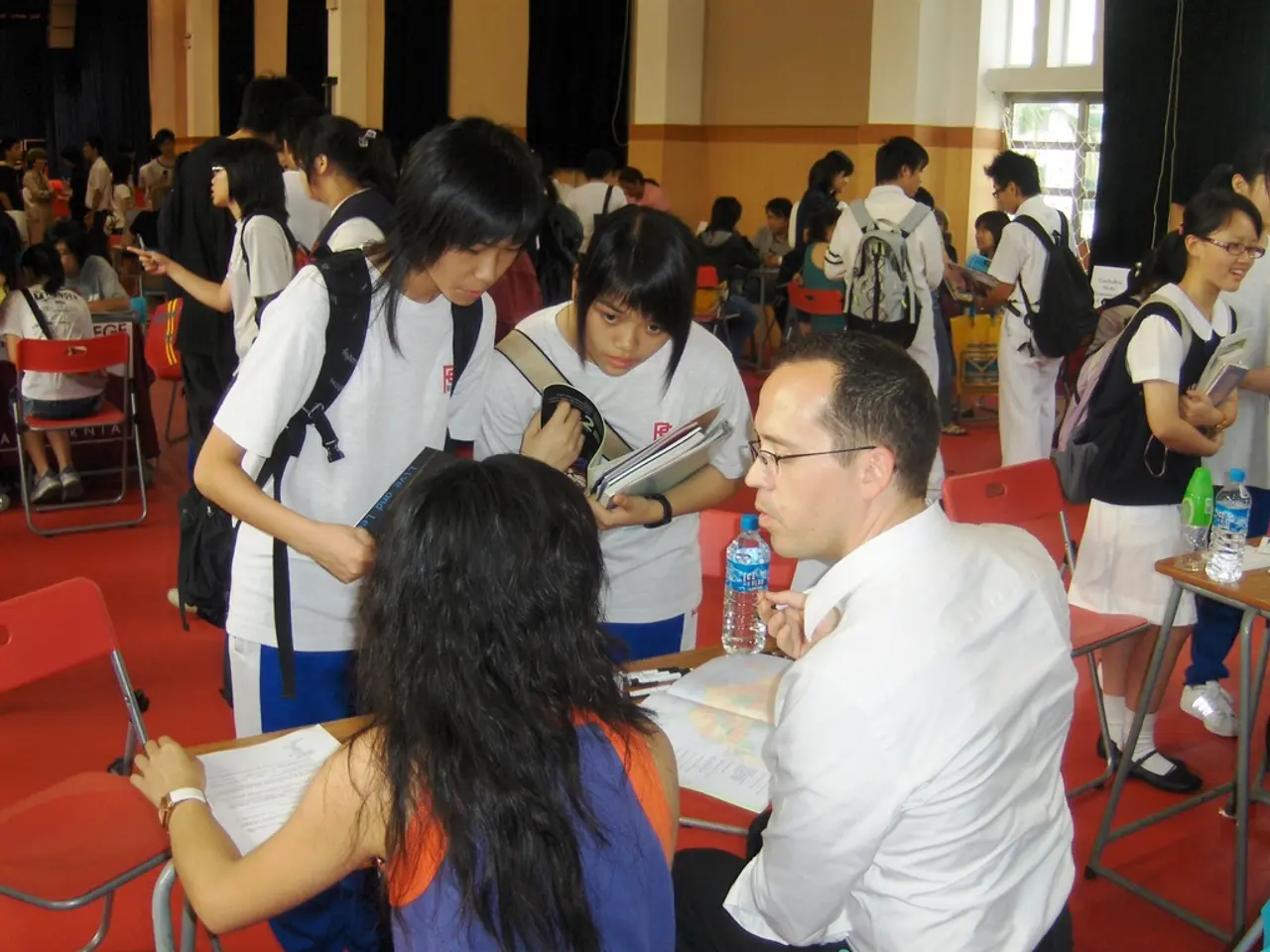Exclusive Interview: Claire F. Gmachl Discusses Key Findings in Recent Research
=====================================================================================
In an insightful interview for the Research Insights Series, Professor Claire Gmachl, a renowned researcher in the field of photonics and semiconductor devices, shared her passion and work focused on the long-wave infrared spectrum. Shannon Yeow, an Engineering Correspondent, conducted the interview, providing direction and insight for readers.
Professor Gmachl's daily life is immersed in collaboration, as she works closely with graduate and undergraduate students, discussing research progress, writing research proposals, and reading papers. Her research group is currently engaged in a variety of projects, ranging from machine learning design of quantum cascade lasers to the experimental study of ring lasers and disordered hyper-uniform structures.
One of the projects that Professor Gmachl's group is working on is the application of disordered hyper-uniform structures to the mid-infrared (mid-IR) and semiconductor structures. This research could have significant implications for image analysis, environmental sensors, chemical sensors, and fabrication plants, due to the strong molecular absorption features in the mid-IR band.
The mid-IR range is particularly significant for environmental sensors, chemical sensing, and image analysis, where detecting and analyzing specific molecules with high sensitivity, selectivity, and spatial resolution is essential. Professor Gmachl's research aims to create compact, scalable, silicon-compatible photonic devices using materials like germanium-tin (GeSn) alloys and silicon nitride platforms. These devices enable sensitive detection of molecular signatures and efficient light manipulation at room temperature, facilitating miniaturized sensors for real-time monitoring of gases, pollutants, and chemicals.
The mid-IR range is also advantageous for image analysis applications, such as thermal imaging and medical diagnostics, due to the unique interaction of mid-IR light with biological tissues, enabling non-invasive and high-contrast imaging. Recent advances include the integration of high-performance materials like thin-film lithium niobate on silicon nitride to enhance electro-optic modulation and device efficiency, broadening the scope of mid-IR photonic devices beyond sensing to telecommunications and quantum photonics.
The ring lasers that Professor Gmachl's group works on could be significant for making better chemical sensors. The transition of Professor Gmachl's research from transport devices to optical devices, with a particular focus on the transition from LED light emitting diodes to lasers, is a testament to her groundbreaking work in the field.
The interview was inspiring for students interested in engineering-focused research, encouraging them to utilize research opportunities available on campus. Shannon Yeow hopes readers are excited for the next article in the Research Insights Series.
[1] A. K. Sarychev et al., "Disordered hyperuniformity in photonic crystals and its applications," Journal of Applied Physics, vol. 121, no. 16, pp. 163101, 2017. [2] M. A. Kats et al., "Mid-infrared photonics for thermal imaging and medical diagnostics," Nature Photonics, vol. 13, no. 12, pp. 877–887, 2019. [3] M. D. Liu et al., "Integration of thin-film lithium niobate on silicon nitride for electro-optic devices," Nature Photonics, vol. 15, no. 1, pp. 12–20, 2021. [4] D. A. B. Miller et al., "Mid-infrared photonics for chemical sensing," Nature Photonics, vol. 13, no. 3, pp. 167–176, 2019. [5] G. T. Palacios et al., "Mid-infrared photonics for environmental monitoring," Nature Photonics, vol. 13, no. 10, pp. 726–736, 2019.
- The junior paper on disordered hyper-uniform structures that Professor Gmachl's research group is writing could delve into the applications of these structures in mid-infrared (mid-IR) and semiconductor structures, highlighting their potential impact on image analysis, environmental sensors, chemical sensors, and fabrication plants.
- In the realm of education-and-self-development, students interested in engineering-focused research might find inspiration from the Research Insights Series, with Professor Claire Gmachl's interview providing insights into her work on science, such as the development of compact, scalable, silicon-compatible photonic devices for sensitive detection of molecular signatures and efficient light manipulation at room temperature.




